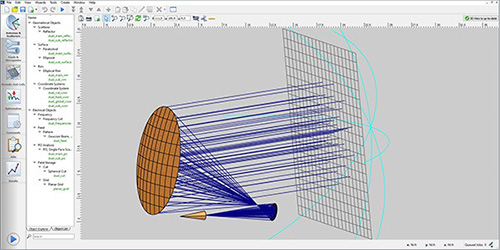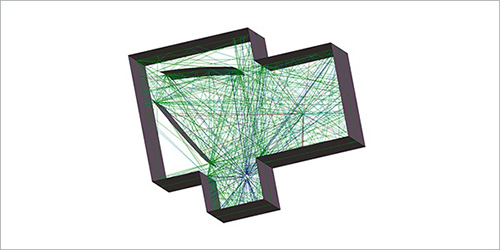GRASP by TICRA
Competitive Reflector Antenna Design and Analysis
GRASP is a dedicated software for fast, accurate analysis and design of the most advanced reflector antenna systems. Multiple antennas may be defined within the same project, and the general command structure enables the user to define which of those will be considered during a given analysis. This opens the possibility of making advanced scattering analysis of clusters of antennas. GRASP offers an advanced physical optics (PO) algorithm as the baseline analysis method, supplemented by optional geometrical theory of diffraction (GTD) and method of moments (MoM) solvers for advanced applications.
The intuitive wizard in GRASP allows for easy setup of single reflectors, Gregorian and Cassegrain systems as well as axially-displaced dual reflectors. It generates a starting point for continued and more elaborate investigation of antenna designs.








